Last month’s opening of “E Mau ke Ea: The Sovereign Hawaiian Nation” at the National Museum of the American Indian was the culmination of more than five years of research and development by a geographer at the Smithsonian Institution with Hawaii ties.
Doug Herman lived in Hawaii from 1984 to 1992 and attended the University of Hawaii at Manoa, where he eventually earned his doctorate in geography in 1995. Five years later he started working on a project called Pacific Worlds.
“It’s a nonprofit, community-focused sort of indigenous knowledge and education project,” Herman explained. “It’s all online and it’s all free. I come back a lot to work with the community in Haena on Kauai, along with folks in Nuuanu and in Kawaihae on the Big Island.”
In 2011 he began developing a museum exhibition based on concepts from Pacific Worlds. “Aloha ‘Aina” was envisioned as a four-part exhibit that showcased the rise of the Hawaiian kingdom, the transition from a monarchy to constitutional government, the overthrow of the monarchy and the renaissance of Hawaiian language and culture over the past 40 years. Lack of adequate funding, however, forced Herman to downsize the exhibit.
Herman, 55, was in Honolulu earlier this month preparing to take part in a voyage aboard the Hikianalia, sister canoe to the Hokule‘a. He sat down to talk about the yearlong Smithsonian exhibit, its role in Hawaiian sovereignty discourse and what’s next for this East Coast-based supporter of Hawaiian culture.
QUESTION: How did “E Mau ke Ea” get its start?
ANSWER: “Nation to Nation: Treaties Between the United States and American Indian Nations” is a major exhibition at the American Indian Museum that opened in 2014. So I said, “How about for one year we do a Hawaiian sovereignty exhibition?”
The Smithsonian said yes, so this is about 20 to 25 percent of what I worked on for Pacific Worlds and “Aloha ‘Aina.” What this exhibition does is tell the story of the Hawaiian sovereignty movement.
Q: What type of cultural artifacts are on display?
A: We got a lei niho palaoa (whale-tooth necklace) from our National History Museum and a bronze coat of arms on loan from Bishop Museum. Bumpy Kanahele gave me a flag when I interviewed him, so I put that in. Plus, we have a complete facsimile of the original “Kue” (anti-annexation) petition from 1897.
Q: What does the exhibition achieve for the Hawaiian sovereignty movement?
A: I have a lot of friends in the sovereignty movement. I was out here one time and we were doing some demonstration, and I said, “Boy, I wish I were out here more to help with this.”
One friend, she turned and said to me, “Yes, but there’s a reason why you’re in Washington.” And I always held onto that, never really knowing what that reason was. Now that this exhibition is open, I think I’ve followed through on that. This is the first time Hawaii’s story has been told publicly in Washington, D.C. We get 1.7 million visitors a year. All kinds of people visit the Smithsonian.
Q: What kind of reaction do you hope to get from visitors?
A: I want people to really get sort of viscerally that Hawaii was a sovereign kingdom. This was a sovereign nation recognized as such on the world stage. That’s a huge eye-opener for most people outside Hawaii. Eye-opener No. 2 is that Hawaii was a sovereign nation overthrown with the assistance of U.S. troops, and there was a whole tussle in Washington, D.C., over what was going to happen after that.
Q: What’s next for you?
A: I’m working on a book based on all the interviews that I did with people like Bumpy Kanahele, Sen. (Daniel) Akaka, Gov. (John) Waihee, Kekuni Blaisdell, Mililani Trask and Walter Ritte. What was fascinating was the ways in which their stories interconnected and overlapped, but from many different points of view.
I’m here now because I’m going back to my Pacific Worlds work. I wanted to come back and do more conservation-focused, more climate change-focused research. I’ve been particularly watchful about what’s supposed to happen in the Pacific when it comes to climate change. I’m documenting traditional indigenous place-based knowledge. These places are going to change radically in the next 50 years, so let’s document it now so we have it in perpetuity. That’s the big issue facing us: how to live sustainably on this planet.
My work is not done. It’s just beginning.
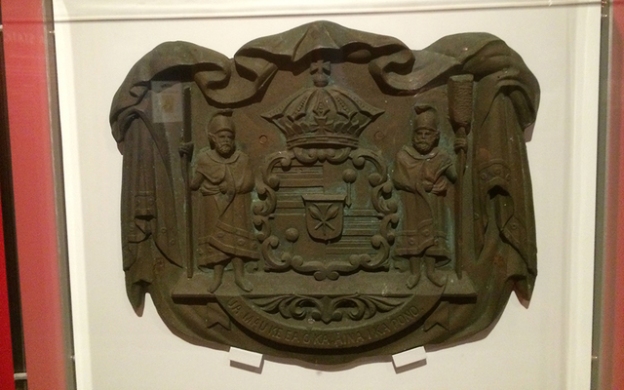
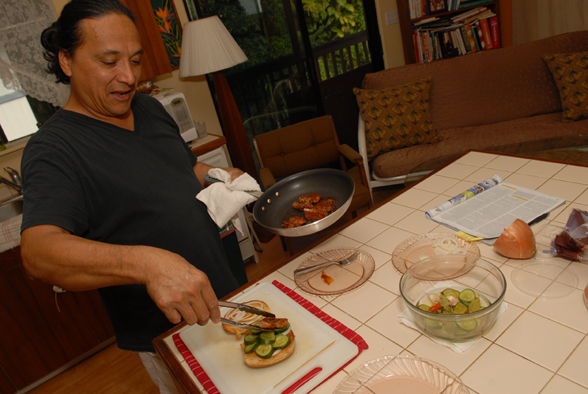



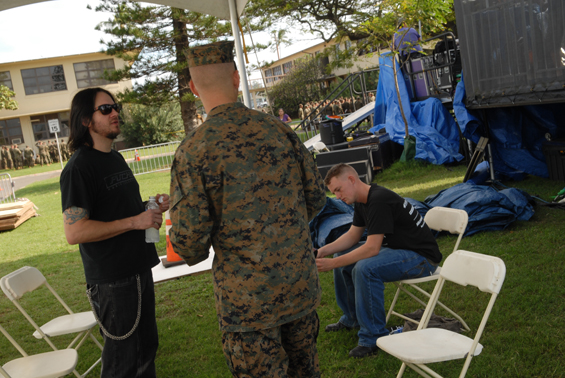

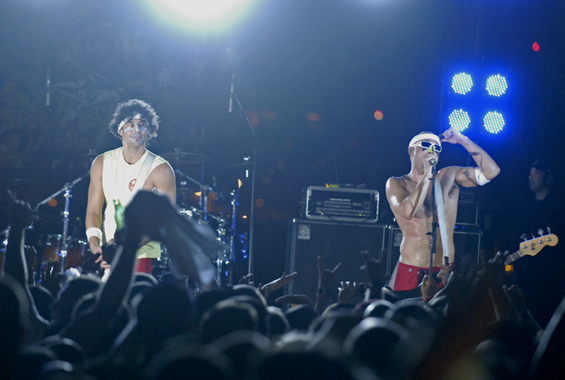
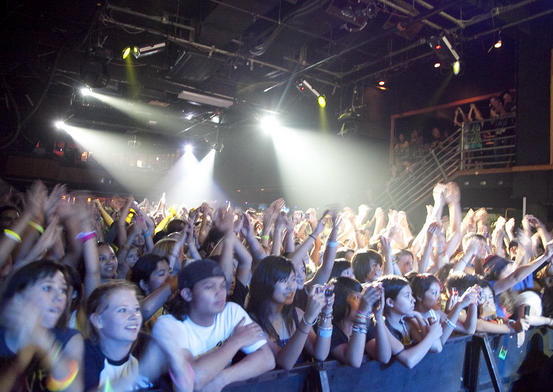

You must be logged in to post a comment.